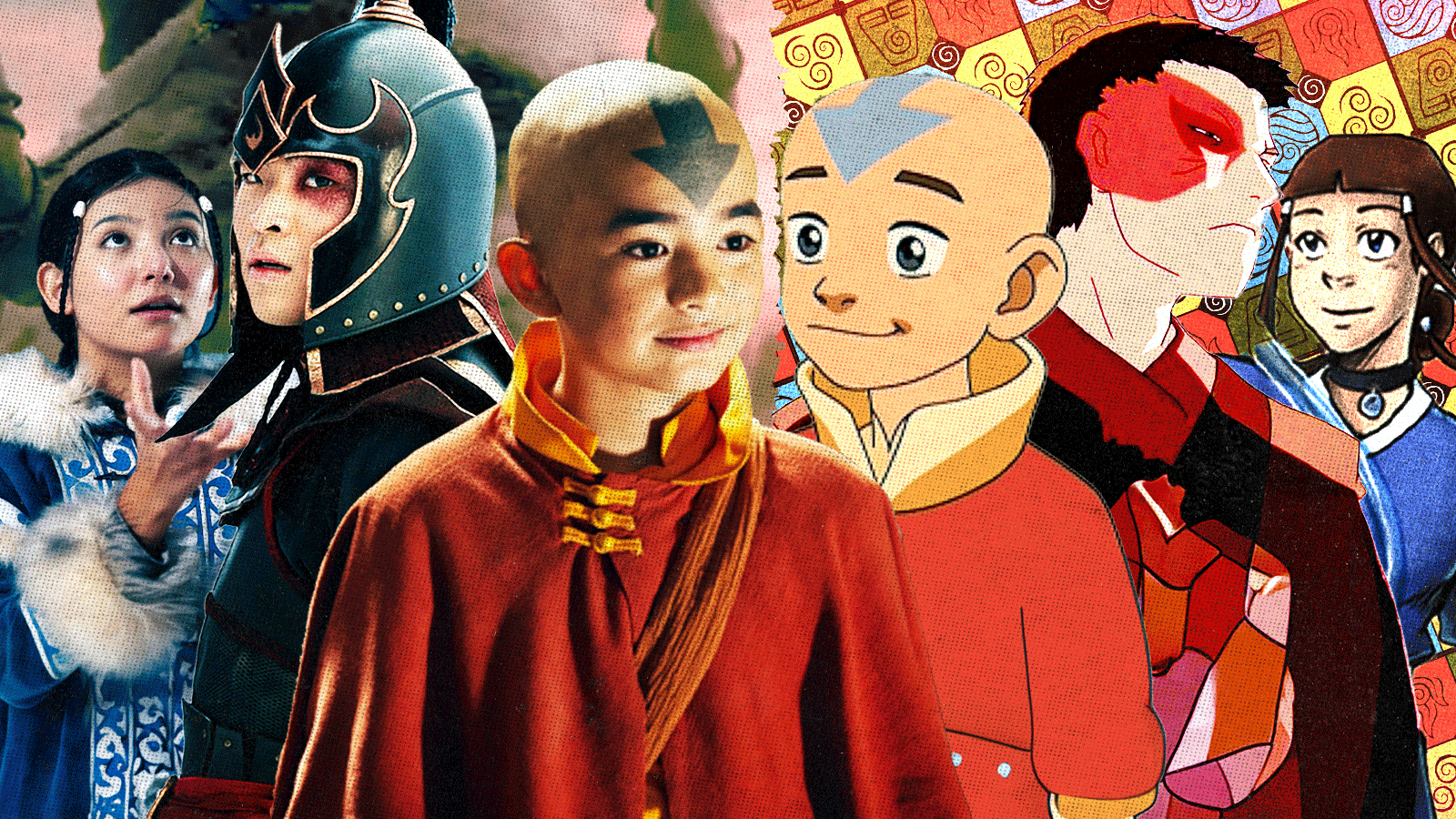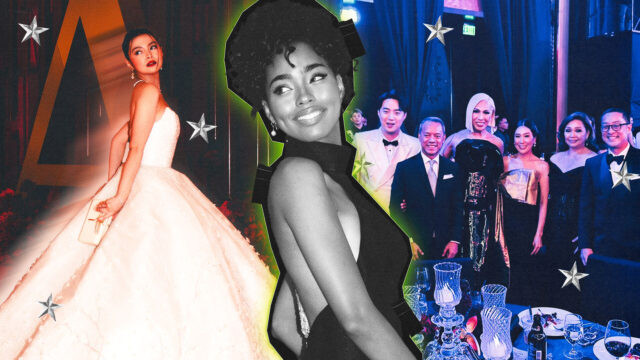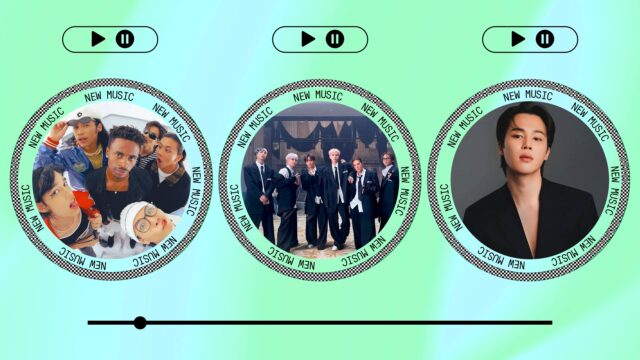The live-action Avatar: The Last Airbender series adaption definitely didn’t hesitate to deviate from the animated source material.
Related: 5 Times “Avatar: The Last Airbender” Wasn’t Afraid to Get Real
The key to any successful adaptation of any IP is how it balances staying true to the source material while changing things enough to give it a reason to exist in the first place. And for the highly anticipated live-action series adaptation of Avatar: The Last Airbender, the show wasn’t shy about moving away from the animated series. While the general beats of the story of Aang, Katara, and Sokka are retained, the live-action series also implemented creative changes that may (or may not) be welcomed by fans.
A lot has been said about the show, and there’s no denying that the live-action ATLA series wasn’t afraid to change things up. If the intensity of the show’s online discourse has gotten you curious about watching the actual show, we break down how the live-action series deviates from the animated original, for better and for worse.
(WARNING: MAJOR SPOILERS AHEAD)
LIKED: THE EXPANDED INTRO
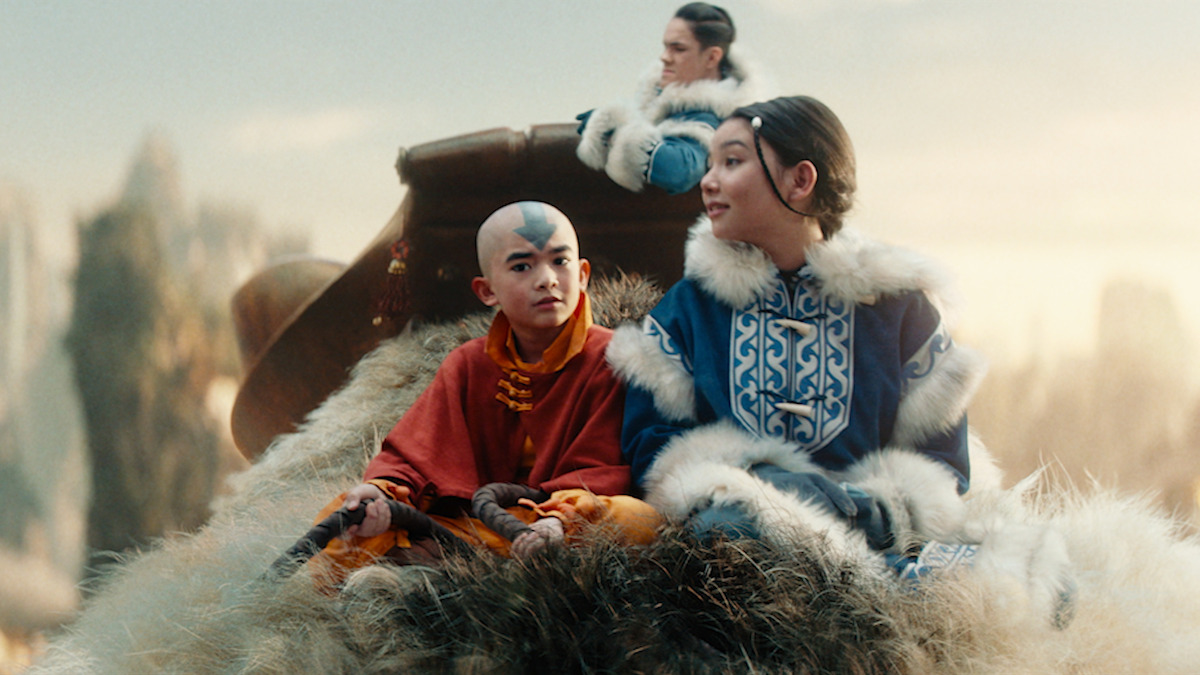
Unlike the original, the live-action series features a grittier tone that further highlights the horrors of war. One of the most memorable ways this is done is the new intro. Episode one begins with an Earth Kingdom spy stealing plans of the Fire Nation to attack the Earthbenders. But it turns out that it was just a ruse by Fire Lord Sozin, whose real intention was to destroy all the Air Nomads, who so happened to convene at the Southern Air Temple for the comet. Depicting the genocide of the Air Nomads, which was only mentioned in the animated series, was a visceral and strong way to start the show.
DIDN’T: CHANGING SOKKA’S CHARACTER
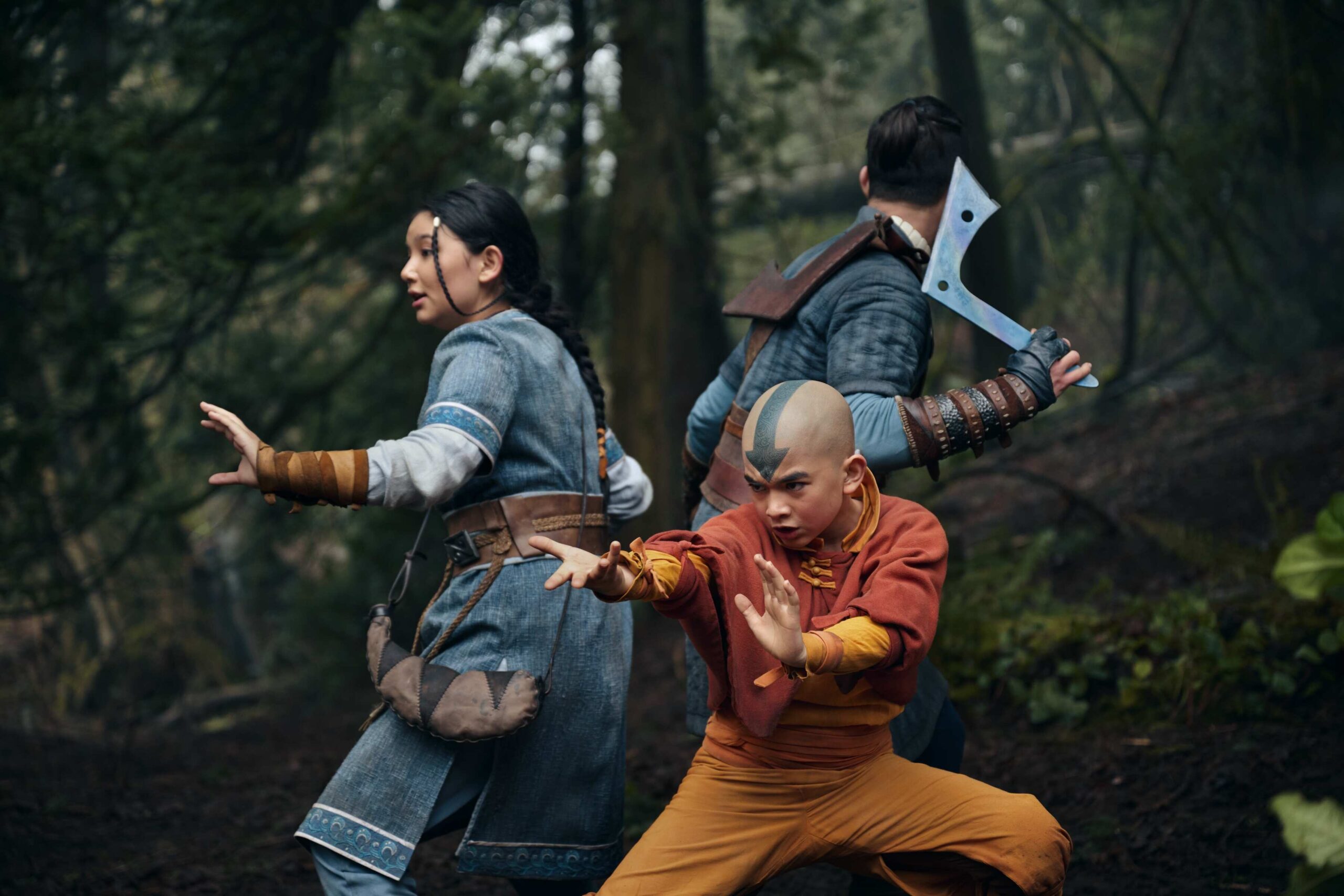
In the animated series, Sokka starts as a fun but cocky teenager who matures and grows into a leader. But in the live-action show, the creators’ decided to downplay Sokka’s teenage boy behavior. The result is a character who is less fun and doesn’t capture the same charm as the original. This change feels most apparent during episode two when the gang travels to Kyoshi Island. Animated Sokka thought girls wouldn’t make for good fighters and was proven wrong, which lent to his character development. But in the live-action adaptation, he sees Suki more like someone he can learn from.
LIKED: SHOWCASING MORE OF ZUKO’S FAMILY
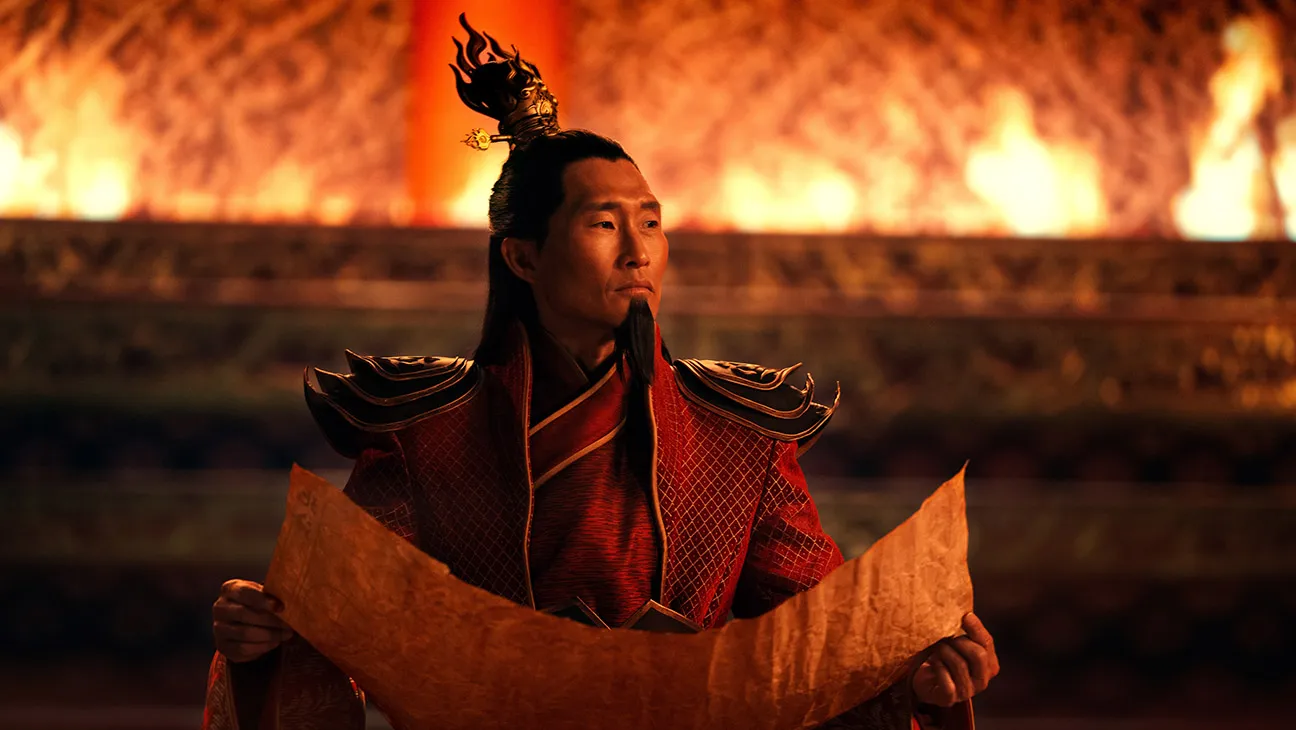
While it might be a controversial choice to some, showcasing more of the royal family, most notably having Azula get a bigger role in season one, proved to be a boost for developing their family dynamic. It made Fire Lord Ozai look like a true menace who never really cared for his kids and openly pitted them against each other. It gave Azula more agency and established her as a cunning and conniving villain. And, it further developed Uncle Iroh as a true friend and father figure for Zuko. These changes gave even more facets and solidified how messed up the family was.
DIDN’T: USING OMASHU AS THE SETTING FOR MULTIPLE STORYLINES
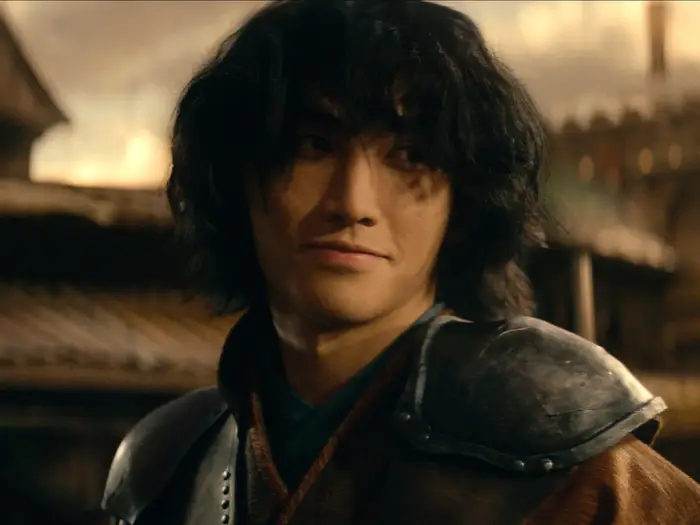
One of the biggest changes the show makes is shifting the timelines of certain events and combining storylines during season one. But it does so in a way that isn’t so effective. While the animated series only saw the gang go to Omashu to meet King Bumi, the live-action series uses the city as the setting to introduce Jet and his freedom fighters, The Mechanist and Teo, and have Sokka and Katara go through the tunnels as they meet the musicians and be saved by the badgermoles.
All of these events had their own episodes in the animated show, with some even happening in season two, so it made for a truncated plot that didn’t give these elements that much time to shine.
LIKED: MORE FOCUS ON ZUKO’S CREW
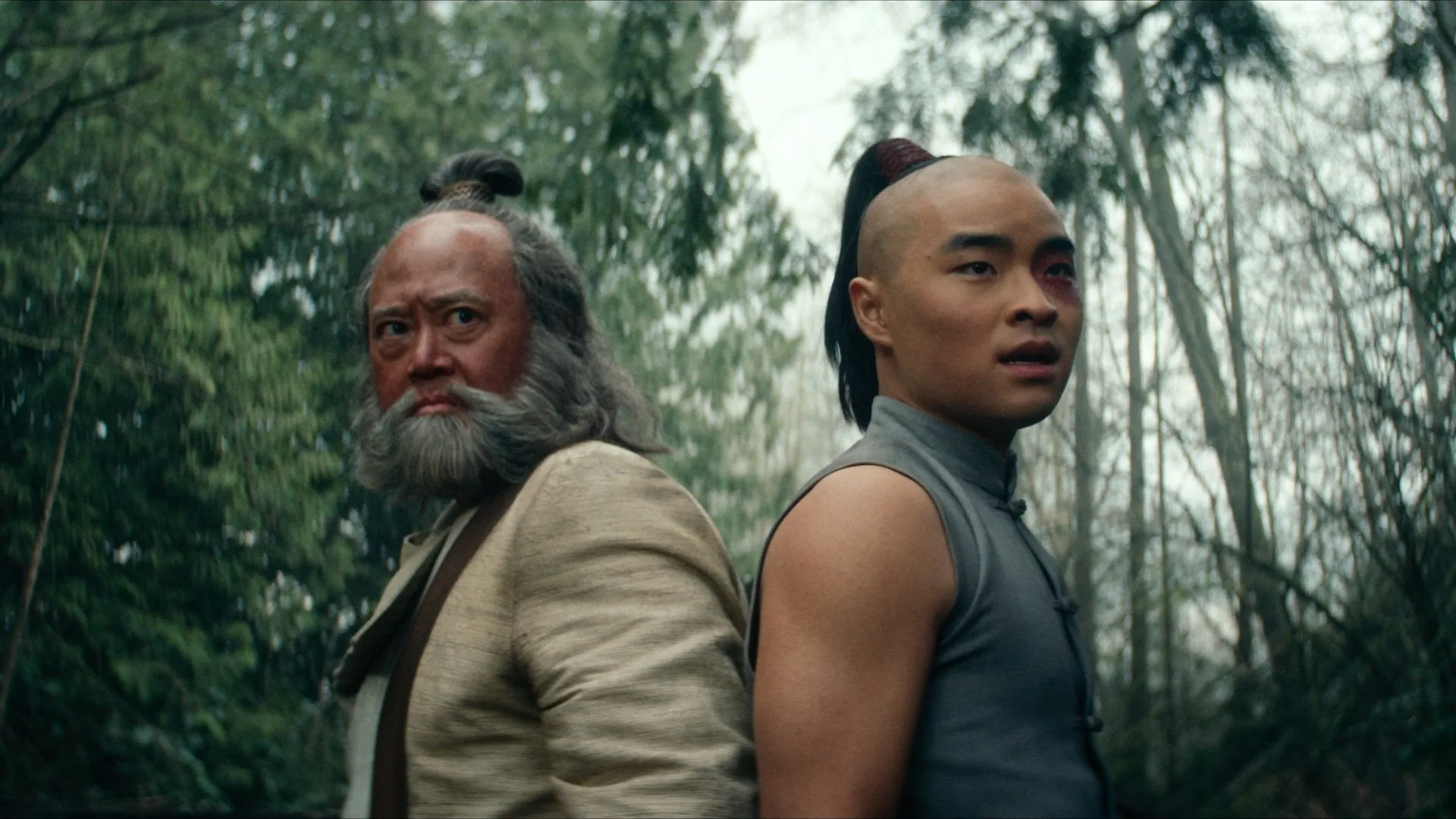
If you’ve seen season one of the animated series, then you’d know that Zuko’s crew comes off as more of a random selection of soldiers. But in the live-action series, they’re given a face. The show developed Zuko’s crew as real people, adding more depth to the relationship between them and the prince.
In a particularly memorable twist, it’s revealed that Zuko’s crew are the 41st Division, a group of soldiers who were originally set to be sacrificed in a battle that Zuko objected to, which eventually led to his banishment. Not only did this plot point showcase Zuko’s compassion and sacrifice, but also made the dynamic between him and his crew more personal.
DIDN’T: NOT SHOWING SOZIN’S COMET EARLY
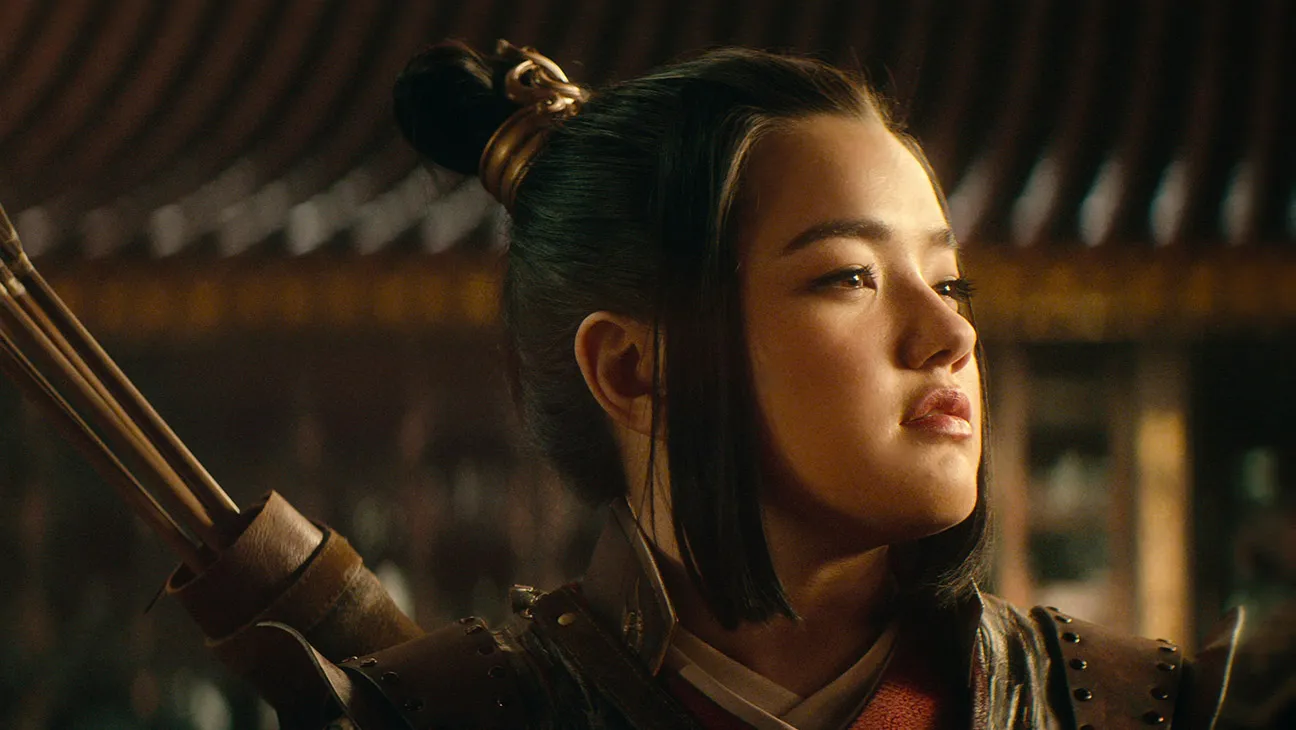
The main narrative push for the animated series was how Aang needed to master all the elements before the arrival of Sozin’s Comet at the end of the summer. But that is missing from the live-action series. Instead, Aang’s main reason for going to the Northern Water Tribe was that he was given a vision by Avatar Kyoshi that something bad was going to happen there. It’s only during what can be described as a mid-credits scene during the season finale that the Sozin’s Comet plot point is brought up. The urgency was missing with this creative decision.
LIKED: EXPANDING THE ROLES OF AANG’S MENTORS
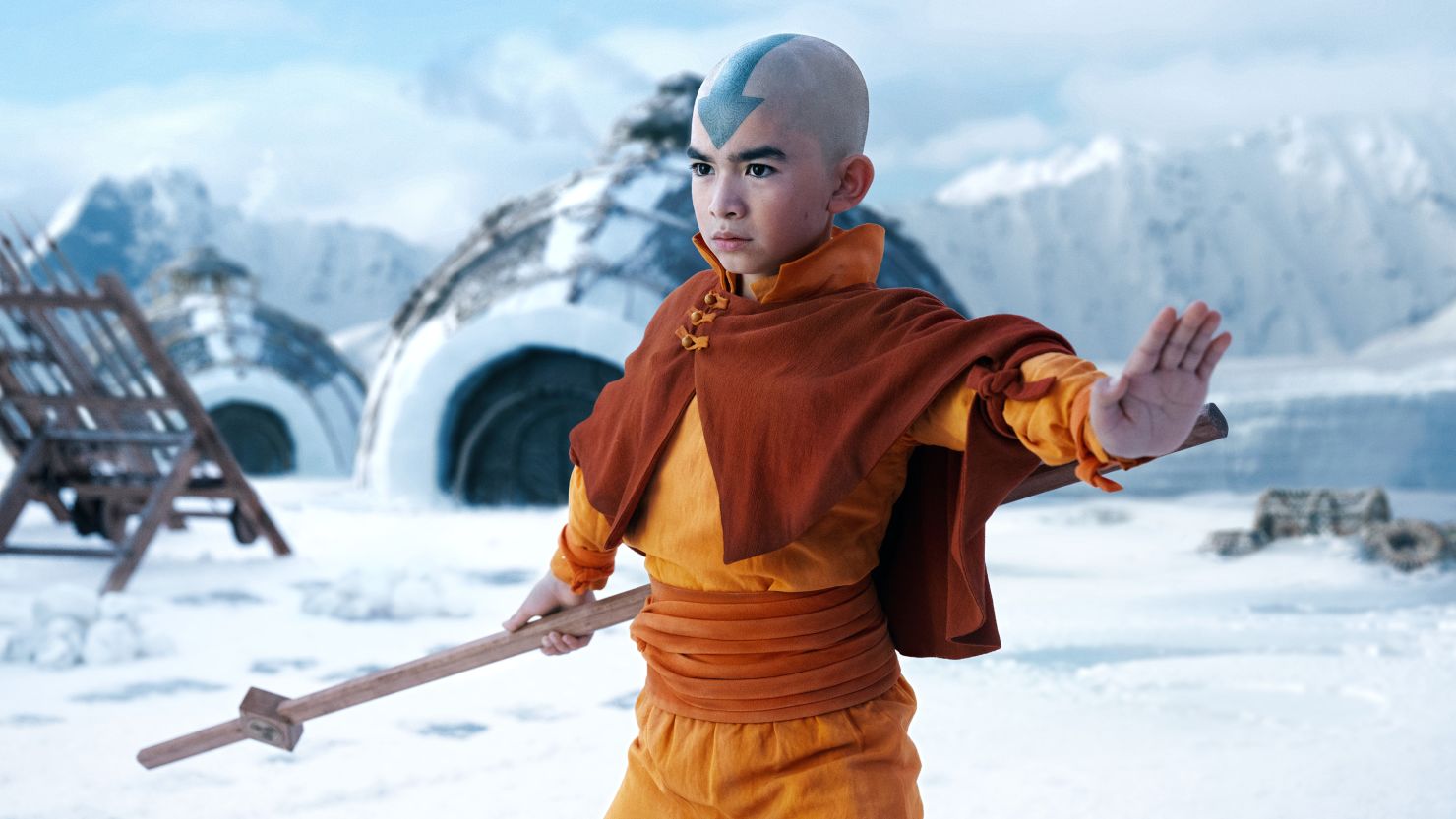
While Aang has always had his elders to help him, most notably Monk Gyatso, the live-action series gives these key figures a new and expanded presence in the Avatar’s life. Aang and Gyatso notably have a reunion in the Spirit World that doesn’t happen in the animated show, giving the two, especially Aang, a form of closure. Also, Aang gets to converse with his past three versions, Avatar Roku, Kyoshi, and Kuruk, during the season, a change from how Aang only talks to Roku during season one of the animated series.
DIDN’T: REMOVING CERTAIN CHARACTERS
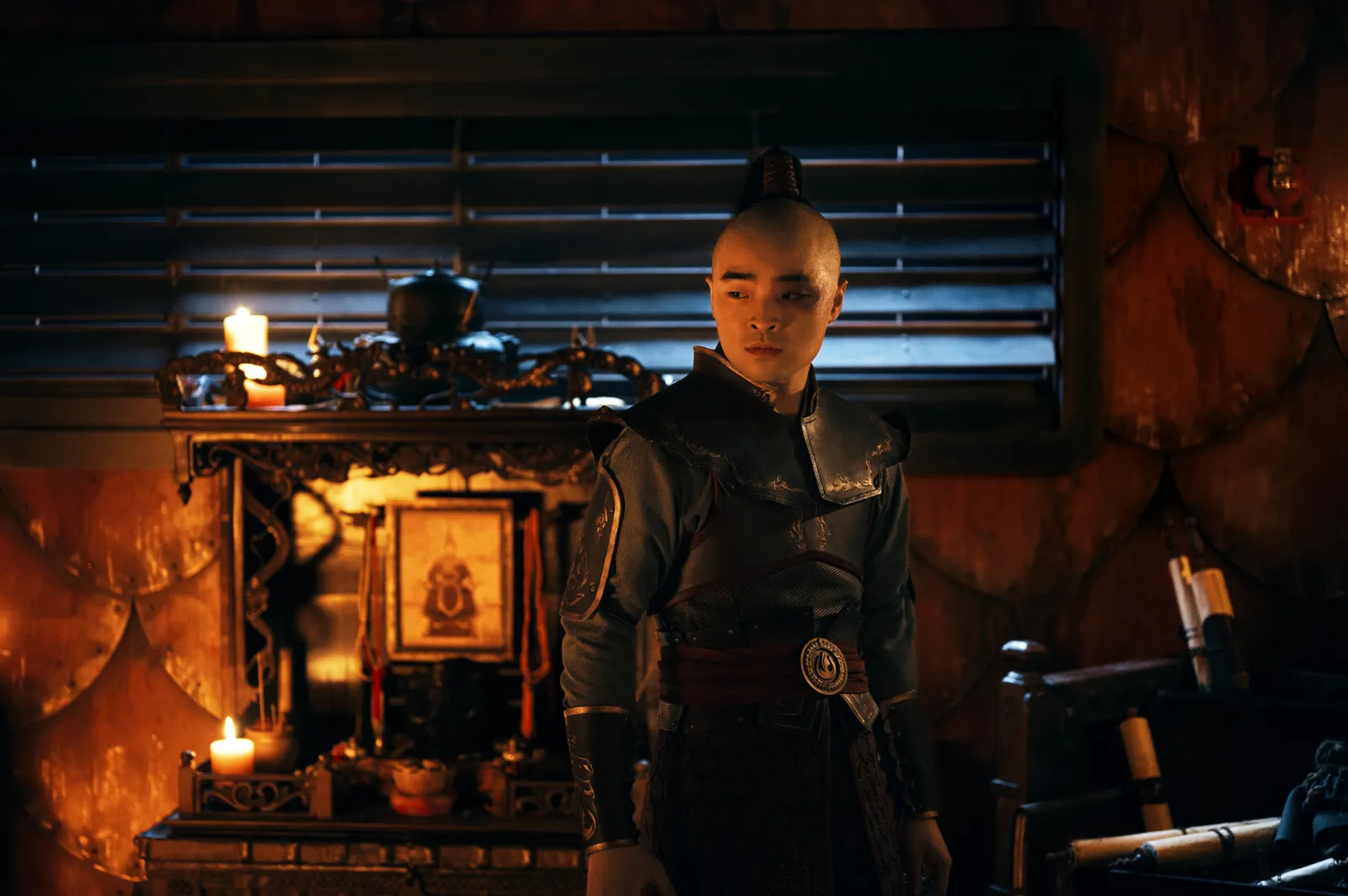
For every positive character change, such as the dynamic between Prince Zuko and Commander Zhao, the show stumbles with removing certain characters that would have made for a better story. The series’ biggest faults are arguably removing Haru and Jeong Jeong, aka The Deserter, given how they were key figures that contributed to Team Avatar’s character development. It was with Haru that the gang rallied Earthbenders to fight back against the Fire Nation, while Jeong Jeong was the one who taught Aang Firebending for the first time and exposed Katara to the healing power of Waterbending. Excluding both was a questionable move, to say the least.
DIDN’T: NOT FEATURING AANG’S WATERBENDING TRAINING
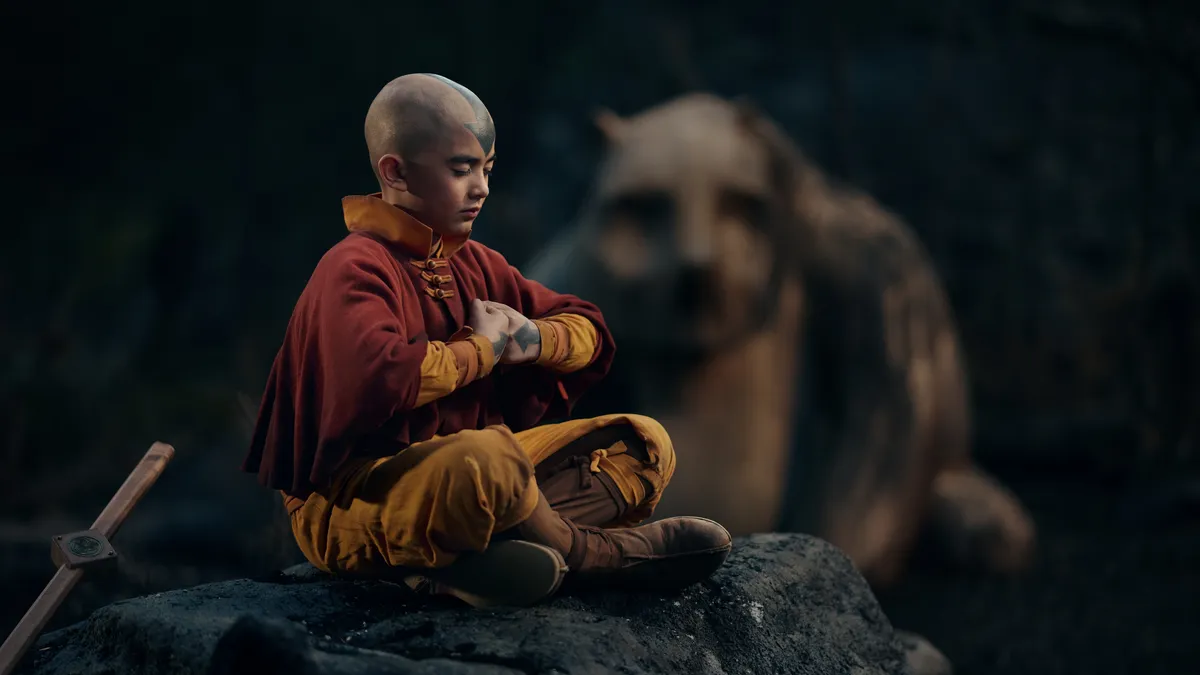
Each season of the animated show is named after the element Aang learns. So, it’s odd that season one is Water yet Aang is never depicted learning how to Waterbend during the entire run of the live-action season. It’s a decision made even more questionable by having Master Pakku not train Aang, instead telling Katara she can do it. If the show does get a season two, it’s going to be interesting to see how they get over this plot hole while also having Aang learn how to Earthbend.
MIXED: THE FINALE
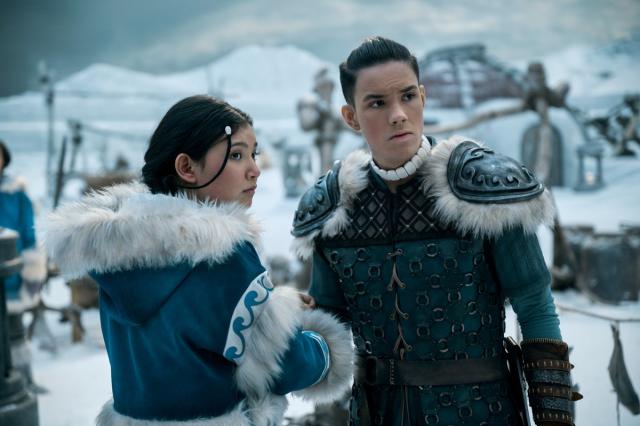
While season one of the animated series and live-action adaptation both end at the battle at the Northern Water Tribe, the live-action version features some major changes that don’t all hit the mark. On one hand, expanding Princess Yue’s powerset to include Waterbending and being able to travel to the Spirit World in her dreams, turning Hahn from an overconfident jerk to an earnest warrior, and having the women Waterbenders join the battle was nice.
On the other hand, removing Master Pakku’s inherent sexism, not mentioning his relationship with Katara and Sokka’s grandmother, and not teaching Aang and Katara Waterbending raised eyebrows. If anything, it’s made up for the fact that Pakku tells a contingent of warriors to follow Katara’s orders, something never seen in the animated series. Oh, and the War Balloon is introduced during the finale, way earlier than in the original show. It’s an overall mixed bag that could mean some major plot changes in future seasons.
Continue Reading: Your February 2024 Won’t Be Complete Without These New Movies And Shows
